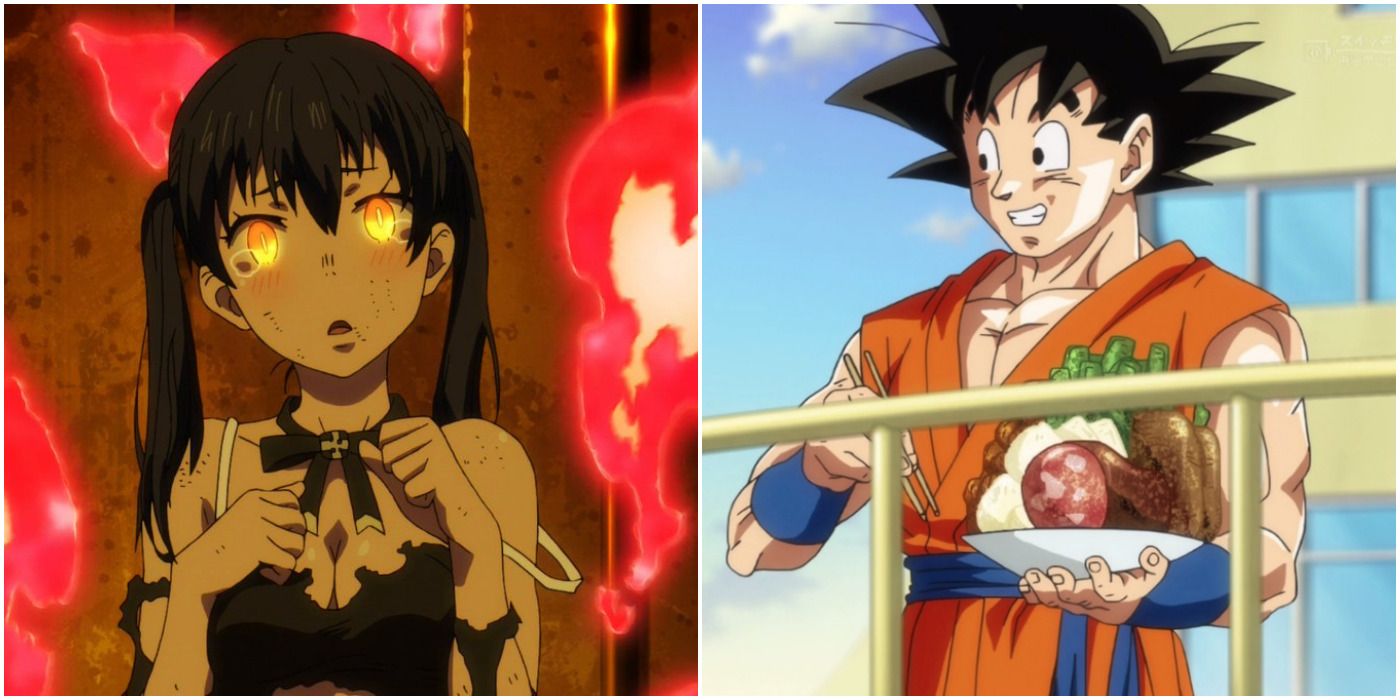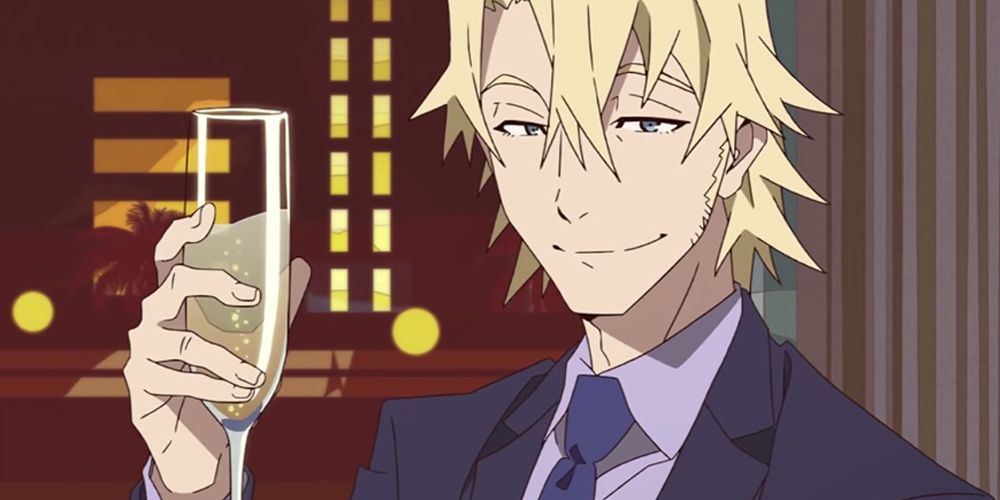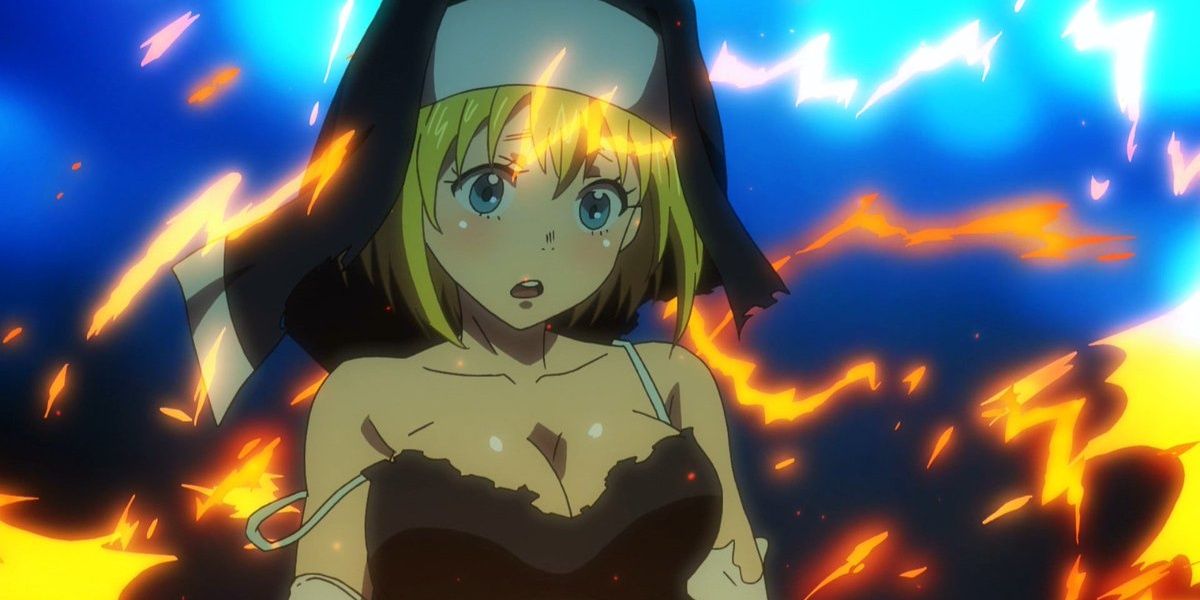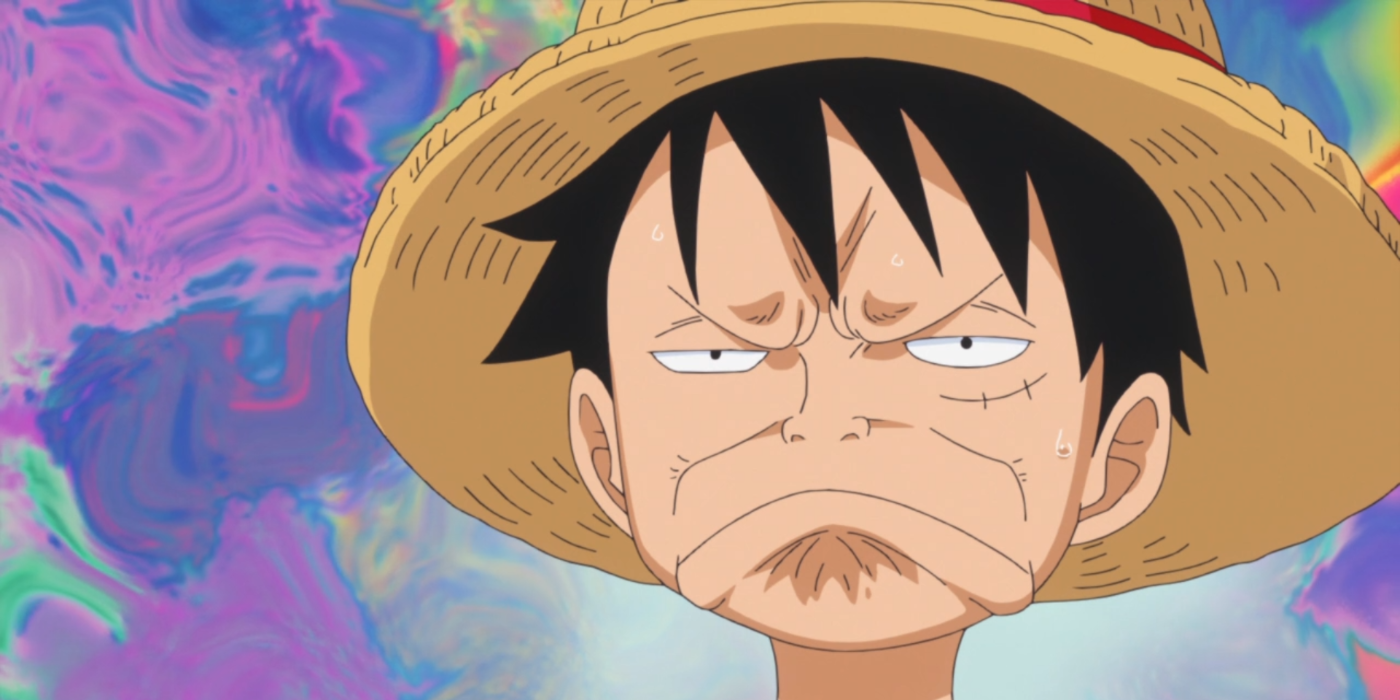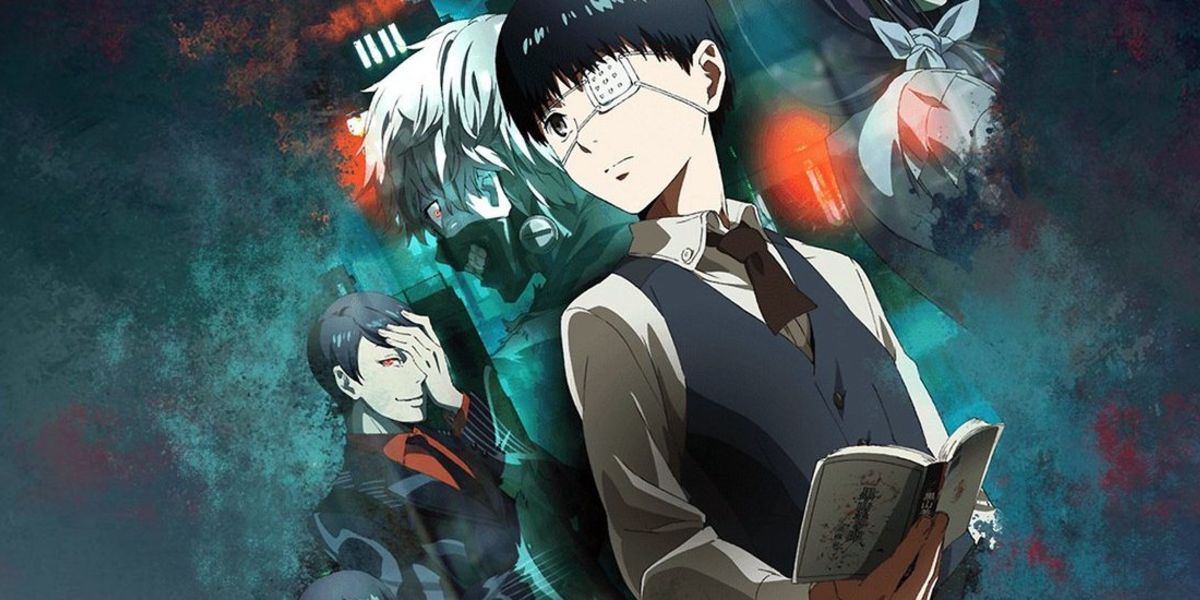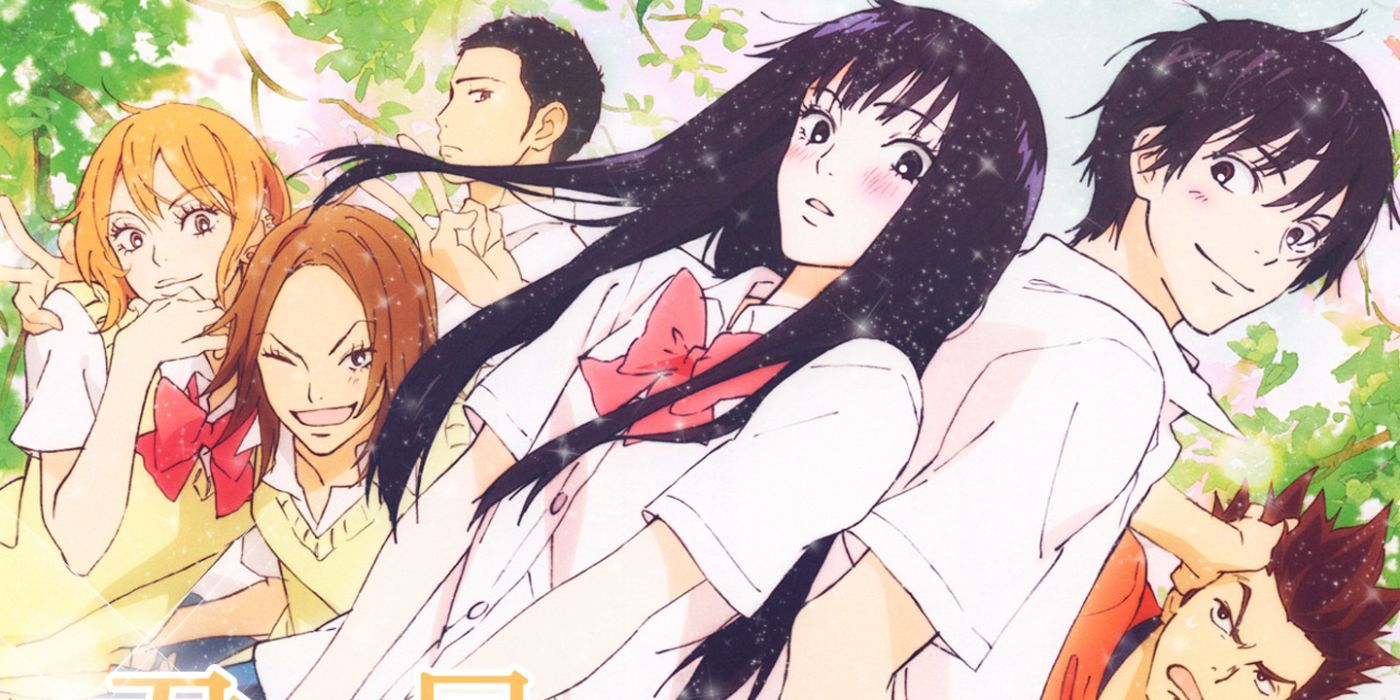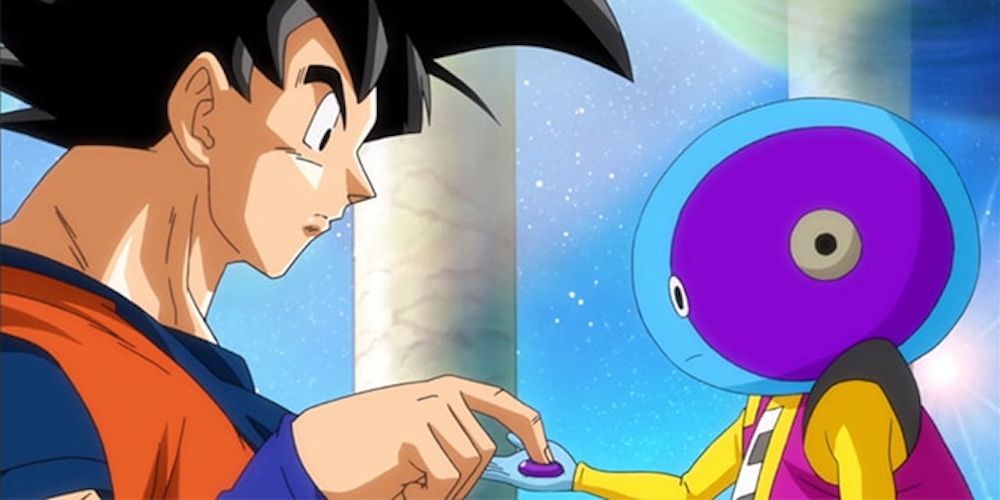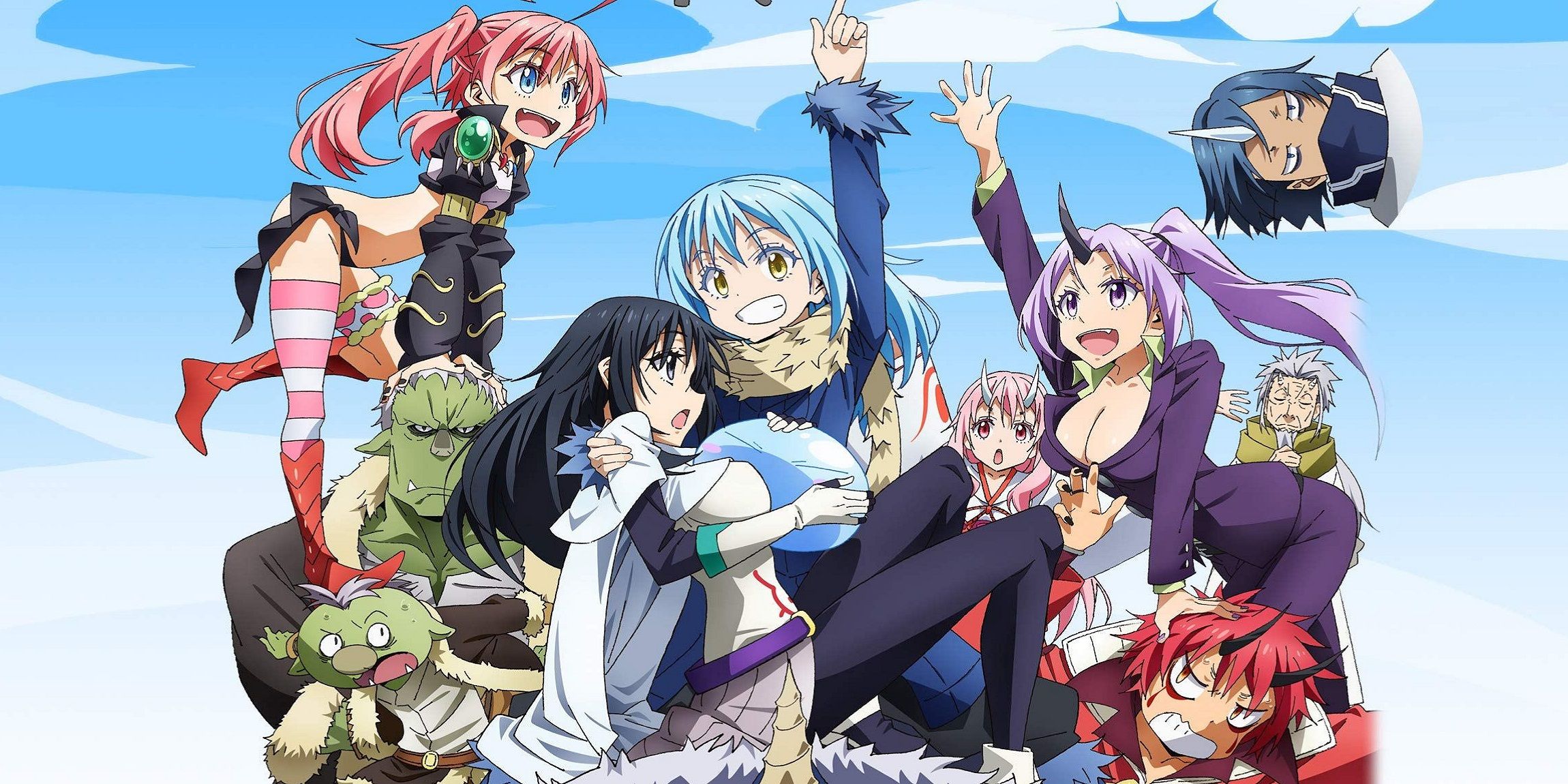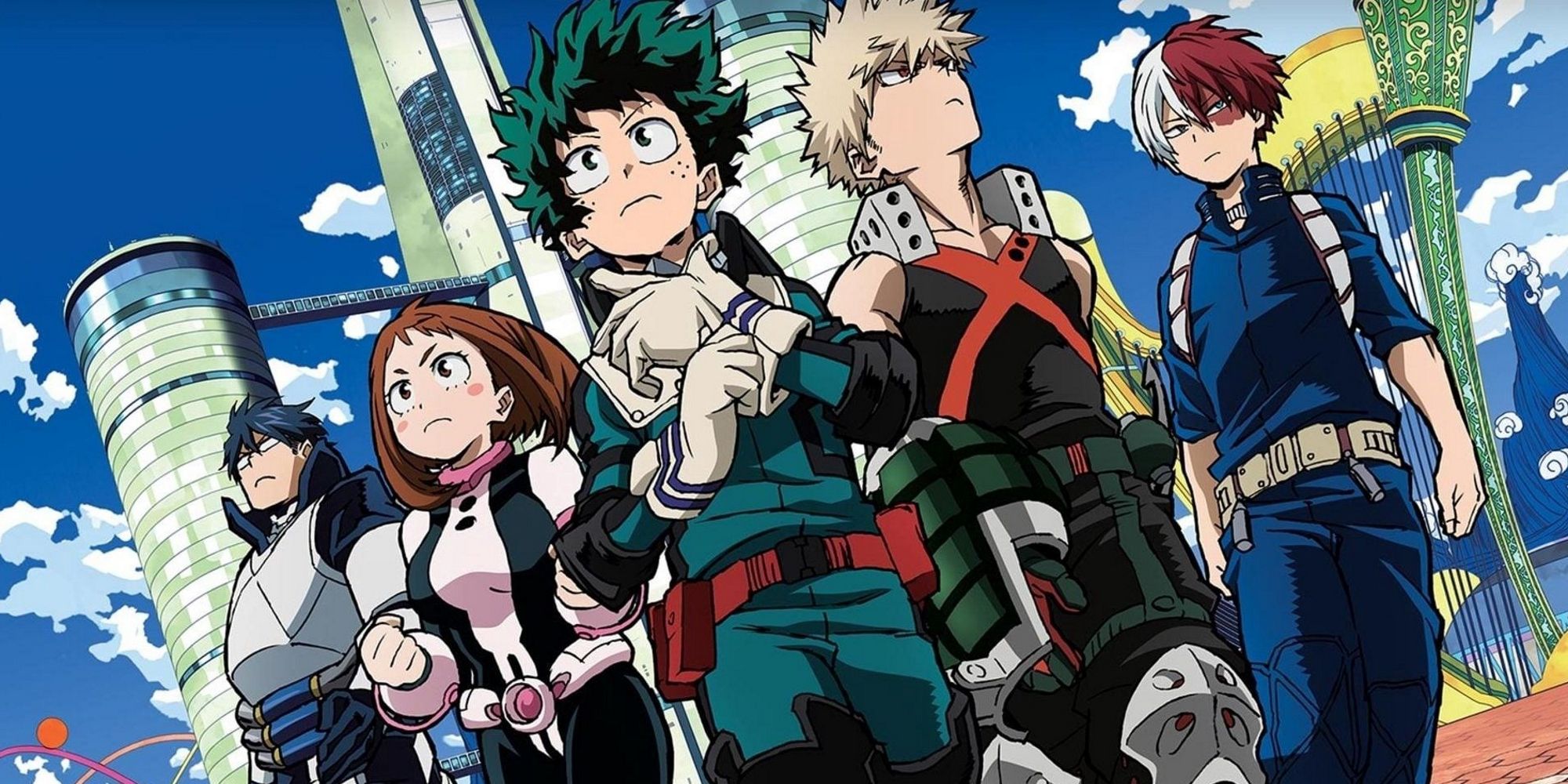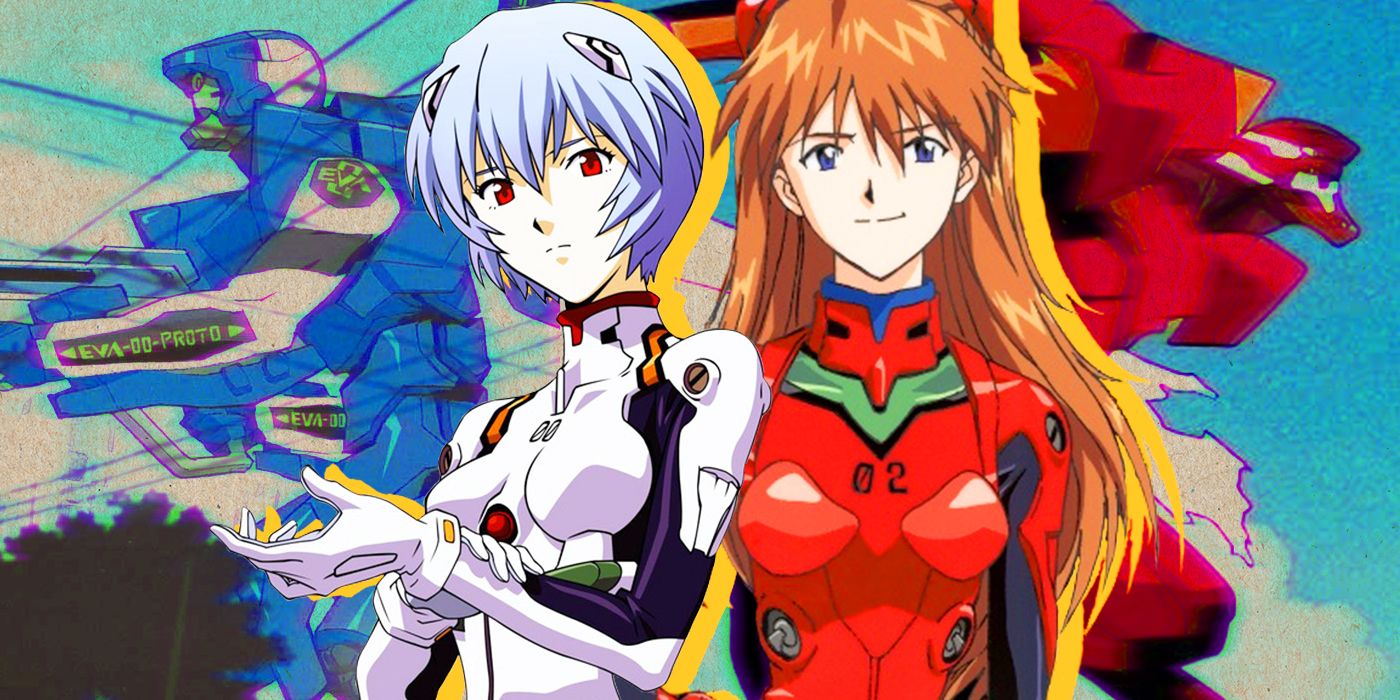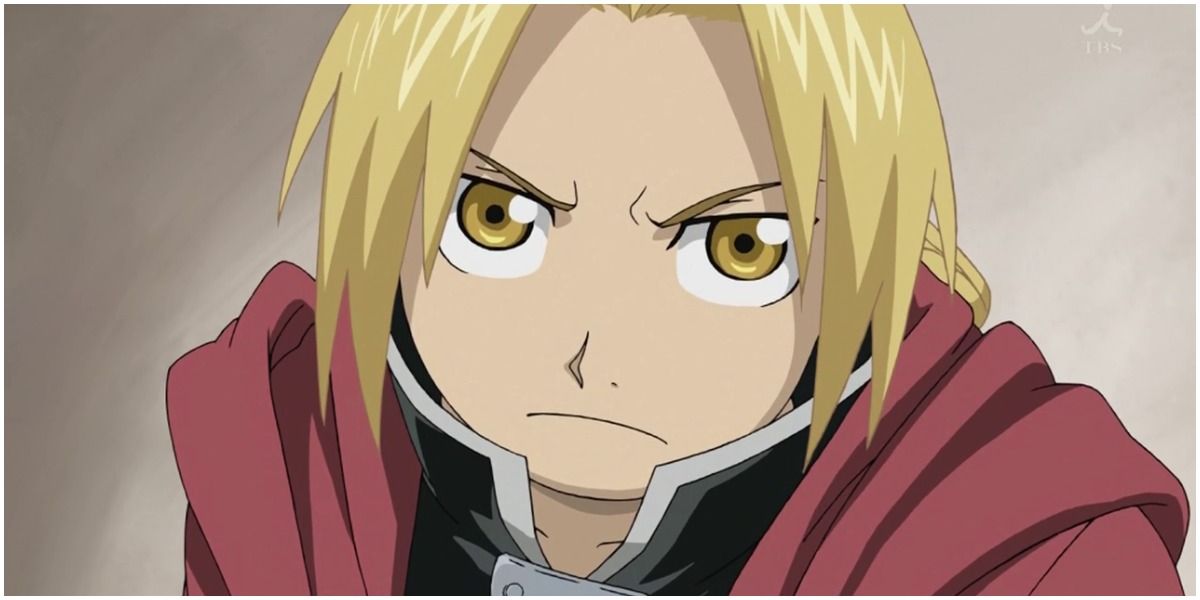As much as any single person can love anime, they're also bound to have some pet peeves when it comes to the medium. Fans that have watched anime for long enough may grow accustomed to these small annoyances, but they also know how much better things could be without them.
That might be an overreliance on fan service or using flashbacks to pad for time. With some anime, it could also be an abundance of tropes or stereotypes. There are ample issues to choose from and the industry would be improved if anime studios could stop doing these things.
10 Having Non-Native Speakers Talk In English
Various anime make use of non-Japanese characters in their stories or have their own Japanese characters attempt to speak in English to communicate with a foreigner. In almost every case, the English spoken is broken and comes across as very basic. This is no fault of Japanese voice actors, as they may simply have not had any training in the language, but some clear alternatives would be to cut these moments out, do them fully in Japanese, or hire the appropriate English VAs.
9 Relying Too Much On Fan Service
All too often, anime attempt to oversexualize their female characters to appeal to the male audience watching their story. Some shows smartly place this content in bonus episodes or during downtime between the core story beats, as seen with the typical beach or hot springs episodes. But, when an anime interrupts its own story to show off a misplaced scantily clad female character, it's jarring to say the least. This type of fan service suggests that the studio distrusts their viewers' attention spans, and they would be better off avoiding this.
8 Spoiling The Story In The Opening Song
Anime openings are a hallmark of the medium and are often beloved by fans for their memorable music and outstanding visuals. That said, some openings can take things too far and include major plot points for the upcoming arc, spoiling the viewers on the episodes to come.
It happens most often with shonen anime such as One Piece, but it's not exclusive to this genre and it results in fans being unable to enjoy the tone-setting openings without being bombarded by hints of what's to come.
7 Using "Read The Manga" Endings
A "read the manga" ending refers to when an anime series finishes on a cliff-hanger without any promise of a continuation, indirectly nudging viewers to buy the manga to see what happens next. It can feel cheap and unsatisfying, but thankfully, it has become a far less common occurrence in recent years. Most of the time, anime studios have little say in whether they can make another season. A production committee above the studio may choose not to continue the anime and leave it as a marketing tool for the manga, or there might not be enough material to adapt new episodes.
6 Taking Misunderstandings Too Far
In slice of life or romantic comedy anime, simple verbal misunderstandings can create multiple episodes worth of tension and animosity between the cast. It's frustrating to watch, especially when viewers know that one simple conversation could resolve the issues for both parties immediately. For many anime that are adapted from pre-existing stories, there isn't much that can be done, but for original works where the studio has full control, fans would prefer not to see this.
5 Creating A Dense Protagonist
It's possible that having unintelligent protagonists is a storytelling tool for better comedy or relatability, but it's also hard to watch. It might be the hero of a harem romance being completely oblivious to the signs of the girls around him, or it's Son Goku in Dragon Ball Super, displaying less critical thinking than he did in Dragon Ball Z.
The fact that Dragon Ball fans prefer his personality from prior series says a lot about the value of following a competent protagonist. Intelligent harem characters such as Uesugi Fuutarou from The Quintessential Quintuplets also demonstrate this.
4 Sticking To Restrictive Formats When It Isn't Necessary
Anime typically run on a schedule that is determined by Japanese TV slots. Shows can run at allocated times for a three-month period, which explains why seasonal anime are usually twelve episodes long. Some anime stick to this format and others take two seasons to tell a twenty-four-episode story, but there are times where fans can tell that a story is being rushed or stretched out to fit this rigid structure. Successful anime with ten or fewer episodes, or even much longer episode counts, prove that better possibilities exist.
3 Implementing Too Many Flashbacks
Shonen anime run into a common problem of adapting their source material too quickly. Studios then have to decide whether to have seasonal breaks and let the source material build up again or slow down the pace of the anime and keep airing. The latter option results in flashbacks. Anime such as My Hero Academia and One Piece are notable examples where unnecessary flashbacks of events that transpired very recently are used to stall for time, slowing the pace to a crawl and making fans wish things could be different.
2 Doing Nothing Remarkable With Stereotypes
Asuka Langley Soryu from Neon Genesis Evangelion was the prime example of a Tsundere: a character that has affection for someone but aggressively denies it. Similarly, Yuno Gasai from Future Diary displays the typical Yandere tendencies of being both loving and extremely violent.
Anime fans are well aware of stereotypes like these, and anime studios have used them liberally over the years. When they're used to creatively subvert expectations, they can be great fun, but sticking too close to the stereotype creates predictable and grating viewing experiences for fans.
1 Developing An Anime Original Ending
For various reasons, anime studios sometimes resort to creating original endings that deviate from the source material. The manga for Fullmetal Alchemist was not finished, and so studio Bones had to create an original anime ending or put the show on hold until they could adapt the finished product. Looking back on endings like this, it becomes clear that delaying the anime to adapt the canon ending would've been the wiser choice to please fans. Unfortunately, it isn't always feasible due to pre-existing TV deals, but anime studios should try to find an alternative.

